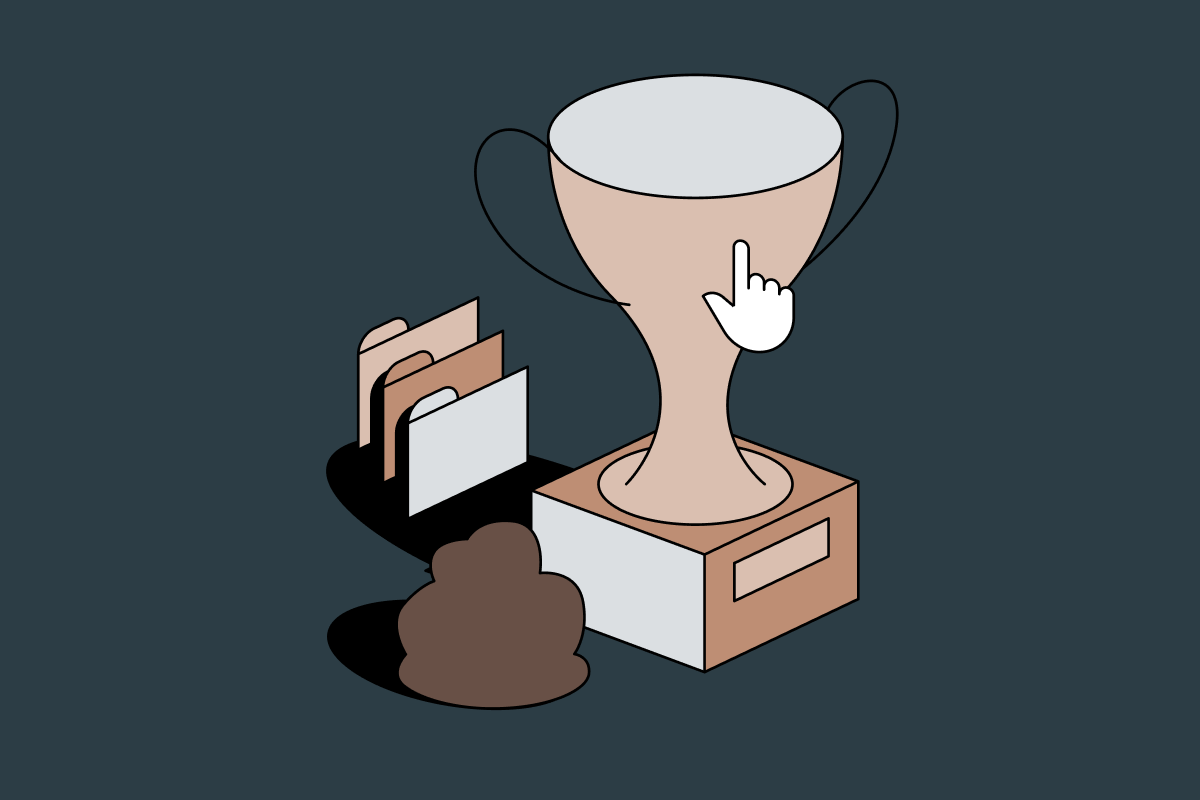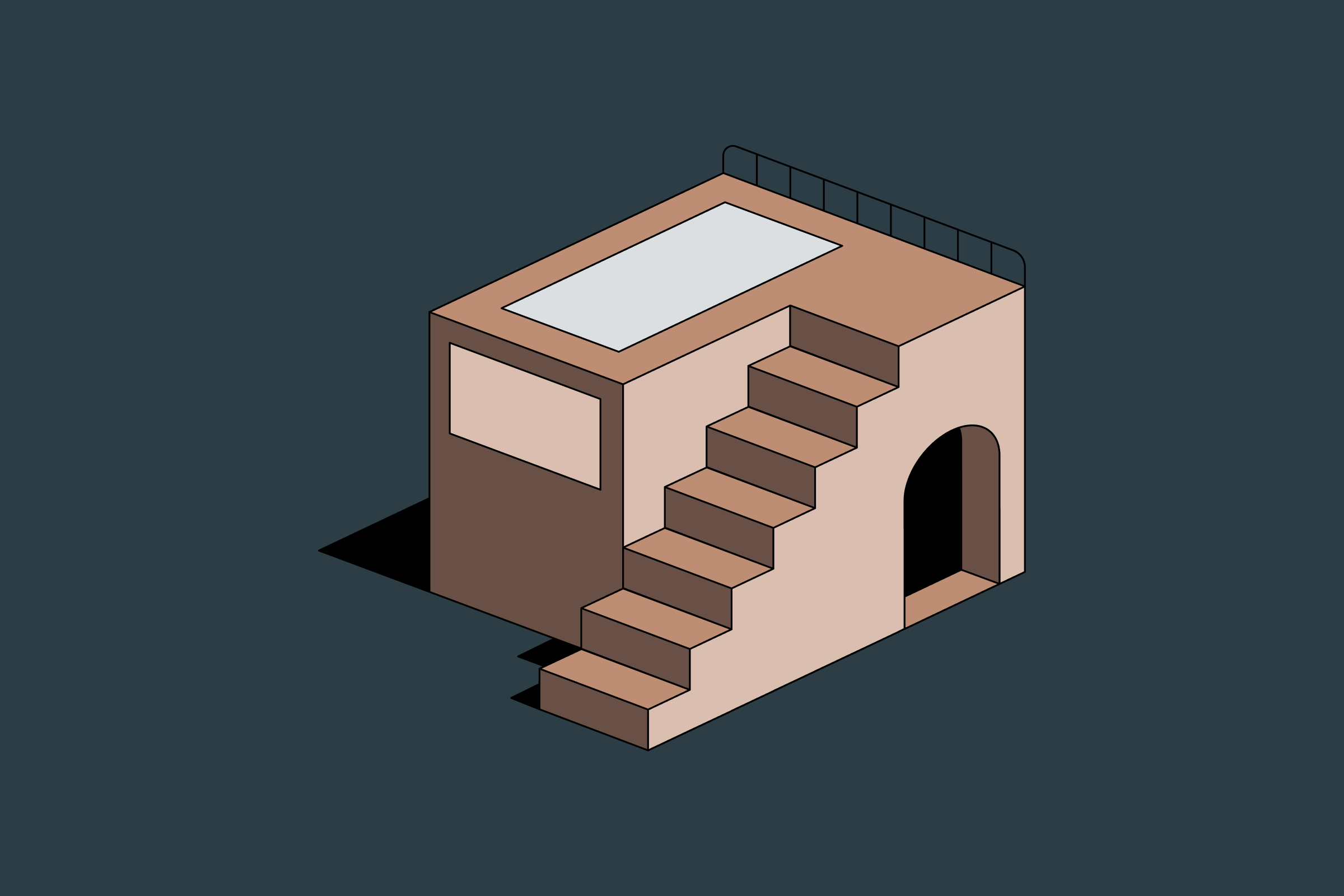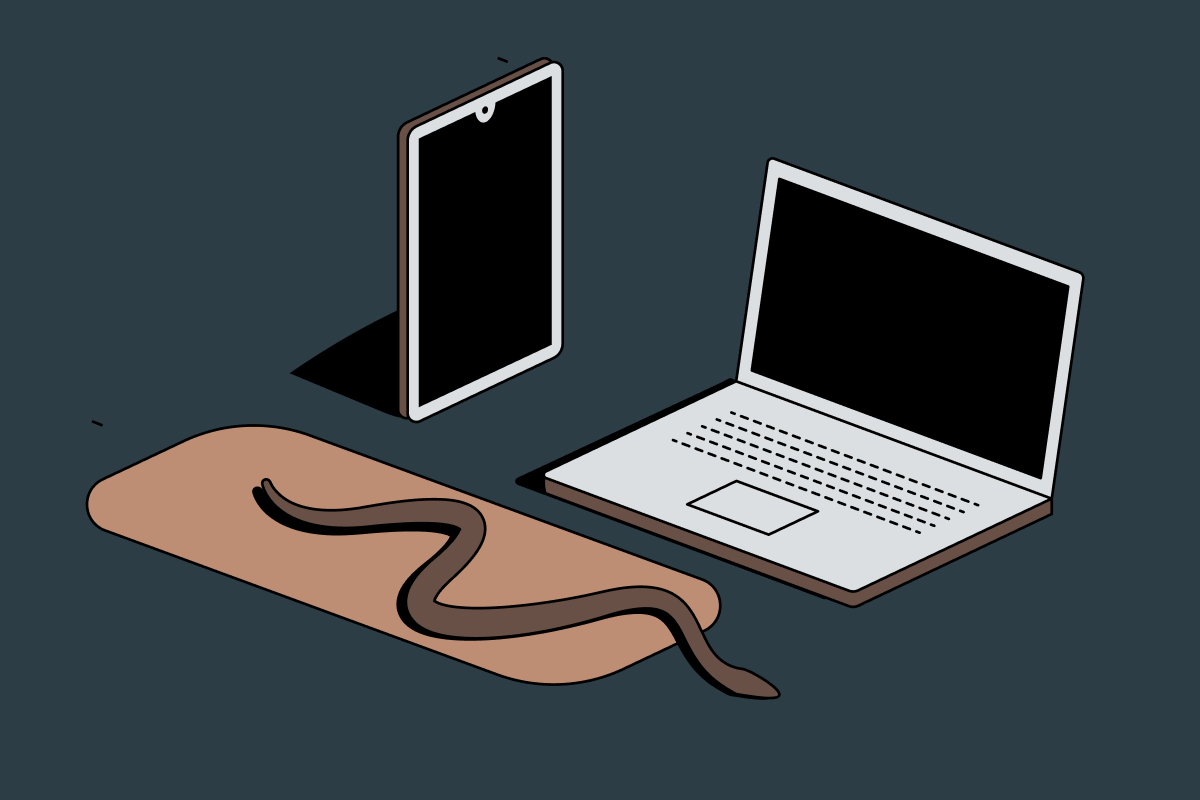Feedback is one of the important tools that help us grow, improve our work, and create an environment of trust. We are stronger when we work together — other people have ideas that would never have occurred to us. However, criticism often becomes vague and destructive, which can demotivate the creator. Understanding how to give and receive feedback and how to work it into a final product is an essential part of the designer’s work.
How to Request Feedback
The best ideas are born in collaboration with experts from different areas. Diversity helps you see completely different points of view about your project and see flaws or gaps you might have missed on your own. Feedback from multiple sources is also critical to professional growth and the successful execution of products.
But first of all, you need to build rapport because an environment where people can freely express their own thoughts is essential for gathering honest and constructive feedback. Besides, meaningful criticism of design takes time to create, so it is especially important that everyone understand the value of feedback.
Know what kind of feedback you need
Receiving vague feedback and statements like “Looks cool” or “Good job, I like it!” sounds and feels pleasing, but doesn’t help you much. People tend to give you positive general comments if you will don’t specify upfront what kind of details you’re looking for. Tell the person exactly what you’re looking for from them.
Maybe you’re not sure if the concept reveals the intention behind it well enough, or you want them to critique in terms of design consistency. As the person requesting feedback, you must lead the process. Identify goals, known problems, potential solutions, and surface these for others. Then ask for their input.
Ask clarifying questions
By asking clarifying questions, you give yourself the opportunity to better understand the point of view of the other person. Do not be afraid of stupid questions and constructions of the form “did I understand you correctly, that …”. This is a trusted psychological approach to clarify communication, called reflective listening. If you misinterpret the words of another specialist, their feedback could possibly harm the project. Always ask why, and dig deeper to the core of the determining comments.
Prevent useless feedback
Sometimes feedback could be meaningless, subjective, or even toxic. Surely every designer has heard comments like “I don’t know what’s wrong, but I don’t like it at all.” The subjective taste should remain out of the discussion, so you don’t have to do anything about it. You are allowed to accept it without judgment and not react.
A great way to avoid receiving comments of this kind is to begin the presentation by describing the problem and observing solutions. Don’t ask if the observers like or dislike the work; leave feelings out of it; ask questions about its specific aspects.
Don’t interrupt and speak less
Designers often begin to protect their work when they receive feedback — immediately adding new information, explaining their decisions, and highlighting restrictions. This not only leads the discussion in the wrong direction but also stresses the speaker.
As the recipient of feedback, try to speak as little as possible and don’t interrupt the speaker — let them speak, and write down all your thoughts. Any controversial issues can be discussed later, and you will have time and space to tweak your questions. Thus, it will be easier for the critic to give you feedback, and you will get the most use out of their viewpoint.
Give enough time
Thinking takes time, so don’t expect rushed feedback to be thoughtful. Give enough time to the person who is giving you feedback so that they have the opportunity to dive into the context of work and think. Ideally, submit mockups and relevant information about them beforehand.
Be polite and gracious
It is very important how you act upon receiving feedback. Don’t take even harsh comments as a personal attack — the harshest feedback could be the most insightful sometimes. But if you answer in defense, the next time a person may not feel comfortable giving you anything meaningful at all.
Remember, that criticism is a gift, and thoughtful feedback takes time to create. Be grateful that someone took the time to answer your request for feedback.
Show alternatives or examples
If you have doubts regarding solutions or different ideas, it is better to make them visual and to show than to tell. Our imagination doesn’t work as well as we sometimes think. And while discussing alternative solutions with those who give you feedback, try to narrow down the choice to a minimum. It is much easier to choose between two color schemes than to argue which color would fit better.

How to Give Meaningful Feedback
Giving design feedback in a way that is constructive and supportive is no easy task. But it’s essential for every designer to develop and master this skill.
Be empathic and keep in mind that a significant amount of effort has been invested and most likely you are seeing far from the first version. You should be direct enough, but not too harsh, and never make it personal.
Address the central problem
Don’t just explain what you like and don’t like — that’s not what the design is about. Address the problem you’re solving. And before leaving any critical comments, ensure you understand the goals and problems of what’s being presented.
Understand the context
Try to see the big picture of the work. Usually, there are a lot of technical restrictions, target audience requirements, and other constraints that directly affect the solution. Before giving any critical comments, it is especially important to dive into the context and use it as a lens for your feedback.
Ask precise questions
Carefully asked questions are the key to a successful feedback session. Asking a series of clarifying questions leads to a better understanding on both ends. Instead of pointing to something and making statements, like “This button is too big,” ask “Why did you choose this button size?” In this way, you can get more context and reasons behind every design detail and provide more tailored feedback.
Avoid subjectivity
The subjective taste should remain out of the discussion. This means that your personal tastes shouldn’t matter or become a topic of conversation. Never give comments like “I just don’t like it.” It’s very frustrating and demoralizing for the recipient. And what can a designer even do about that? If you can’t recommend a better or different way of doing something, don’t say anything at all.
Be clear and specific
The more specific the feedback, the better. Everyone gets frustrated with ambiguous feedback. Provide actionable suggestions or at least references where it’s possible. If the designer misunderstands you, it can be even worse than if you didn’t say anything at all. Address details and offer practical next steps wherever you can.
About Design Critiques
A lot of organizations practice special sessions dedicated to collecting project feedback, called Design Critiques.
Unlike brainstorming, where the goal is to propose new ideas, these meetings are focused on collecting feedback around existing solutions. Instead of hoping for informal discussions, they allow teams to systematize the feedback process and spend time productively.
In Design Critique, everyone has a clear role: presenter, audience, or facilitator. It’s very important that everyone keep within their roles in these feedback sessions. The presenter describes the problem being solved or ideas being explored. The facilitator ensures that everyone in the group stays on the agenda and takes notes.
The audience’s role is to understand the context of the problem and the solution, as well as ask questions. Clearly asked questions are the most important things at critique sessions. For example, raising the question of the original, core problem may help prioritize the presenter’s speech and detailed clarifications encourage fresh design decisions and ideas.
There are several great exposés about Design Critique from notable companies: Google Ventures, Intercom, Atlassian, and Facebook.
What Comes Next
The next step after collecting feedback is to look through all the notes, ideas, and suggestions. Give yourself some time to think and let your emotions or personal investment simmer down — do not rush to make changes to the project.
Novice designers often perceive each comment of colleagues (especially more experienced ones) as a guide to action, taking and implementing their thoughts without critical review. Design is the eternal search for a balance between aesthetics and function, solving business and user problems. There is no one right decision, and everyone makes mistakes. Do not dwell on the details and do not become attached to a specific solution.
Learning how to ask for, receive, and give constructive feedback will help you to see the gaps in your work and grow as a professional.



